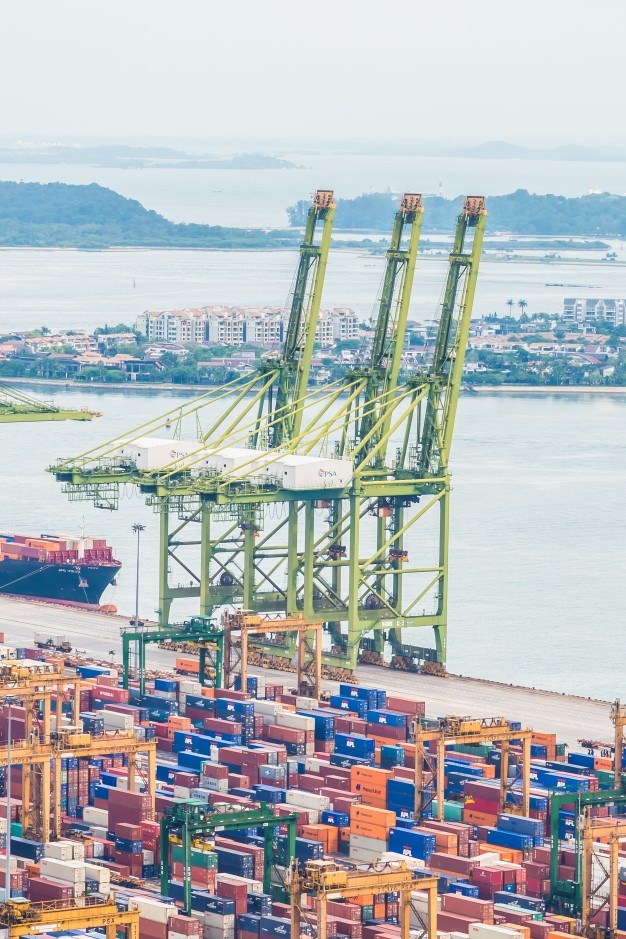Core view: tight supply and demand of sulfur in the future
Upstream development is limited, and the growth of sulfuric acid supply slows down
Sulfuric acid is mainly prepared from sulfur, smelting flue gas and pyrite (sulfur concentrate). Sulfur mainly comes from natural gas desulfurization and oil refining recovery. In the long run, under the background of carbon neutralization and the rapid development of new energy, the demand growth of natural gas and crude oil will be restrained, which will affect the sulfur supply. According to the statistical prediction of IEA, the annual compound growth rate of global natural gas production from 2021 to 2025 is only 1.63%; The growth rate of crude oil processing capacity of refineries was only 1.90%; In the short term, under the conflict between Russia and Ukraine, the consumption of natural gas in Europe is limited, the global crude oil price remains high, the operating load of refineries has declined significantly, and the sulfur supply has declined in the short term. Sulfuric acid from smelting flue gas is mainly recovered from copper, zinc and lead smelting. In recent years, the output of copper, zinc and lead ore has increased slowly. The average annual compound growth rate from 2015 to 2021 is 1.59%, 0.26% and - 2.32% respectively. In the future, the mining capacity of copper mine is expected to be improved, but it is difficult to bring a large increase to sulfuric acid. Therefore, according to our calculation, the global supply of sulfuric acid from 2021 to 2025 will be 3007, 3092, 3156, 3216 and 327.3 million tons, with a compound annual growth rate of 2.14%, and the supply growth is relatively slow.
The downstream demand is strong, and the supply gap of sulfuric acid is expected to widen
The global demand for sulfuric acid is mainly concentrated in phosphate fertilizer, industrial acid and other fields. Under the catalysis of covid-19 epidemic and the conflict between Russia and Ukraine, the price of crops has risen, and the major grain producing countries have strengthened their control over their crops, making the problem of global food security more and more prominent. In this context, the global demand for fertilizer is expected to continue to grow. According to IFA, the growth rate of global phosphate fertilizer demand is expected to reach 1.8% from 2020 to 2025. The global carbon peak program has stimulated the demand for battery metals such as lithium, nickel and cobalt, thus driving the demand for sulfuric acid for leaching. According to IHS, the demand for sulfuric acid in the chemical industry is expected to continue to grow at an average annual rate of 2.9% from 2020 to 2035. At the same time, considering the increase of new wet process phosphoric acid projects in China. Therefore, according to our calculation, from 2021 to 2025, the global demand for sulfuric acid will be 3205, 3283, 3384 and 347.9 million tons, with a compound annual growth rate of 2.68%, and the gap between supply and demand will gradually widen.
The import is blocked, the production progress of stack humidification phosphoric acid is accelerated, and the landscape of China's sulfur industry chain is expected to continue. In the short term, due to the environmental protection supervision and covid-19 epidemic, the sulfur import volume decreased significantly from January to February this year. Entering the peak season of spring ploughing, the downstream demand has increased steadily, driving the price of sulfuric acid to new highs. In the long run, with the steady growth of demand in various downstream fields, the demand for wet process purified phosphoric acid is increasing due to the impact of environmental protection policies and the rapid development of new energy vehicles. From 2022 to 2026, the total new production of wet process phosphoric acid in China's phosphorus chemical enterprises will reach about 2.7 million tons, and 8.3 million tons of sulfuric acid units will be built. Nearly 50% of China's sulfur depends on imports. With the increasing tension of international sulfur, China's sulfur industry chain is expected to maintain a high outlook.
Based on the above analysis, the sulfur industry is covered and given a recommended rating for the first time. Beneficiary: Pyrite producer: Guangxi Yuegui Guangye Holdings Co.Ltd(000833) , Anhui Sierte Fertilizer Industry Ltd.Company(002538) , Shenzhen Zhongjin Lingnan Nonfemet Co.Ltd(000060) ; Acid making enterprises from smelting flue gas: Yunnan Copper Co.Ltd(000878) , Jiangxi Copper Company Limited(600362) , Shandong Humon Smelting Co.Ltd(002237) ; Refining and chemical enterprises: China Petroleum & Chemical Corporation(600028) , Rongsheng Petro Chemical Co.Ltd(002493) , Hengli Petrochemical Co.Ltd(600346) , Petrochina Company Limited(601857) , etc
Risk warning: price fluctuation risk; The downstream demand is lower than the expected risk; Macroeconomic risks; Geopolitical risks; Risk of oil price fluctuation; Risk that the commissioning progress of new projects is less than expected.
